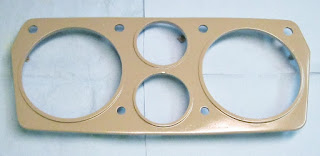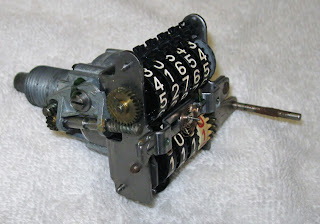We're enjoying our new house paint colors and the new roof. It did a bit to uplift our sagging spirits during the pandemic.
Now we can report that Jack is totally vaccinated (thanks to the VA) and I finally have an appointment (at Albertson's supermarket pharmacy down the road) for this coming week. We'll both have the Moderna vaccine. After that, it's a HAIR CUT AFTER 4 MONTHS OF QUARANTINE! I was getting close to a page boy look!
So while we did our part in this mess, it appears that the Senate is as stupid as ever. WHY WOULD YOU GO TO THE TROUBLE TO ADD AN AMENDMENT INTO THE COVID RELIEF PACKAGE AND THEN VOTE AGAINST THE PACKAGE, LISA MERKOWSKI??
Meanwhile, we're doing what we can to keep the economy rolling...ordering a pickup truck full of soil amendments online and picking them up outside the Grange Coop. I ordered a chaise lounge for my garden area...from Amazon...so I could perhaps read or nap under the maples this year.
I ordered this daylily from Oakes Daylilies, located in the Smokey Mountains of Tennessee. It's called Dynamite Returns (a repeat bloomer).




























































